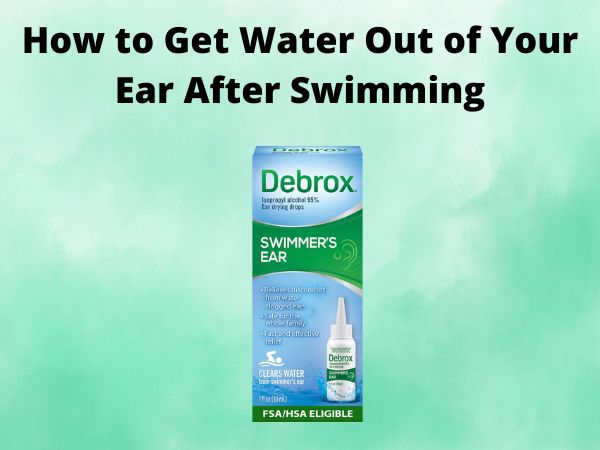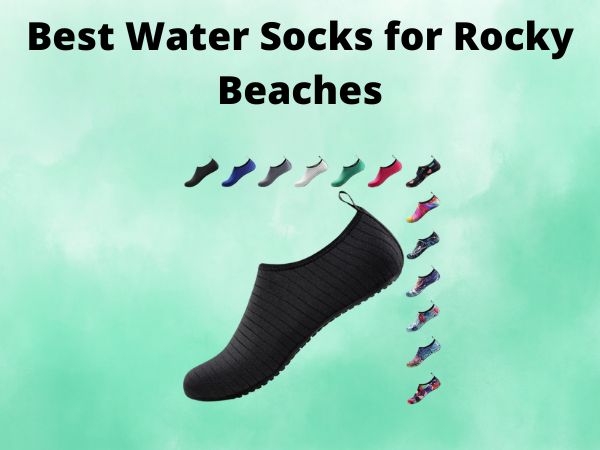How to Get Water Out of Your Ear After Swimming
Ah, the joys of a refreshing swim! Whether you’re gliding through the pool, splashing in the ocean, or cannon-balling into the lake, there’s nothing quite like the feeling of water enveloping your body. But as much as we love swimming, there’s one annoying side effect that can really put a damper on the experience – water trapped in the ear.
Getting water stuck in your ear after a swim can be downright uncomfortable, and if left untreated, it can even lead to more serious issues like swimmer’s ear. But don’t worry, fellow aquatic enthusiasts – I’m here to share some proven techniques to help you get that stubborn water out of your ear quickly and safely.
Table of Contents
Understanding the Problem
Before we dive into the solutions, let’s take a moment to understand why water gets trapped in the ear in the first place. The ear canal is a narrow, tube-like structure that connects the outer ear to the eardrum. When you swim, water can easily enter this canal and get stuck there, unable to drain out on its own.
This can happen for a few reasons: the shape of your ear canal, the temperature of the water, or even the way you move your head while swimming. Whatever the cause, the result is the same – a wet, uncomfortable ear that can make it difficult to hear and even lead to pain or infection if left untreated.
Effective Techniques to Get Water Out of Your Ear
Now that we know the problem, let’s explore some effective techniques to get that pesky water out of your ear. Here are a few tried-and-true methods to try:
1. The Gravity Trick
One of the simplest and most effective ways to get water out of your ear is to use the power of gravity. Tilt your head to the side, with the affected ear facing down, and gently pull your outer ear up and back. This can help the water drain out naturally.
You can also try lying on your side with the affected ear facing down for a few minutes. The weight of your head can help the water flow out of the ear canal.
2. The Hydrogen Peroxide Solution
If the gravity trick doesn’t work, you can try using a few drops of hydrogen peroxide to help clear out the water. Mix equal parts hydrogen peroxide and water, and use a dropper to gently apply a few drops into the affected ear. Let it sit for a minute or two, then tilt your head and allow the solution to drain out.
The hydrogen peroxide can help break down any wax or debris that might be trapping the water, making it easier for the water to drain out.
3. The Valsalva Maneuver
Another effective technique is the Valsalva maneuver, which involves gently blowing air into the affected ear. Here’s how to do it:
- Pinch your nose shut with your fingers.
- Close your mouth and try to gently blow air into your ears.
- This will create a gentle pressure that can help push the water out of your ear canal.
Be sure not to blow too hard, as that can damage your eardrum. If the water doesn’t come out on the first try, repeat the process a few times.
4. The Ear Wax Removal Tool
If the water still won’t budge, you can try using a specialized ear wax removal tool, also known as an “ear pick” or “curette.” These small, curved tools are designed to gently remove wax and debris from the ear canal, which can help clear the way for the water to drain out.
Be very careful when using an ear wax removal tool, as it’s easy to accidentally damage the delicate skin of the ear canal. It’s best to consult a healthcare professional if you’re not comfortable using one yourself.
Preventing Future Ear Water Buildup
Now that you know how to get water out of your ear, let’s talk about prevention. Here are a few tips to help you avoid the dreaded “swimmer’s ear” in the future:
- Use Earplugs or Swimming Caps: Wearing earplugs or a swimming cap can create a barrier that keeps water from entering your ear canal in the first place.
- Dry Your Ears Thoroughly: After swimming, be sure to dry your ears thoroughly with a clean, soft towel. You can also try using a hairdryer on a low setting to gently dry the insides of your ears.
- Consider Ear Drops: Applying a few drops of over-the-counter ear drops before and after swimming can help keep your ears dry and prevent water buildup.
- Avoid Excessive Ear Wax: Regular ear cleaning can help prevent wax buildup, which can trap water in the ear canal. Consult a healthcare professional if you have persistent ear wax issues.
Conclusion
Getting water stuck in your ear after a swim can be a real nuisance, but with the right techniques, you can quickly and safely get that water out. Remember to try the gravity trick, use a hydrogen peroxide solution, attempt the Valsalva maneuver, and consider using an ear wax removal tool if necessary.
And don’t forget to take preventative measures, like wearing earplugs or swimming caps, to avoid water buildup in the first place. With a little care and attention, you can keep your ears happy and healthy, so you can enjoy all your aquatic adventures without any uncomfortable water-logged interruptions.
FAQs
1. How long can water stay in your ear after swimming?
Water can remain trapped in the ear canal for several hours, or even up to a day or two, after swimming. If the water doesn’t drain out on its own, it’s important to take action to remove it to prevent potential complications like swimmer’s ear.
2. Can water in the ear cause damage?
Yes, leaving water trapped in the ear for an extended period can lead to serious issues. The moisture can create an ideal environment for bacteria to grow, causing an ear infection known as swimmer’s ear or otitis externa. This can result in pain, swelling, and even temporary hearing loss if left untreated.
3. Is it safe to use a cotton swab to remove water from the ear?
No, it’s generally not recommended to use cotton swabs or other objects to try and remove water from the ear canal. This can push the water deeper into the ear and potentially damage the delicate skin or eardrum. Stick to the safer, more effective techniques outlined in this article instead.
4. How can I prevent water from getting in my ears while swimming?
The best way to prevent water from getting in your ears while swimming is to use earplugs or a swimming cap. You can also try tilting your head from side to side while swimming to allow water to drain out more easily. Applying a few drops of over-the-counter ear drops before and after swimming can also help keep your ears dry.
5. When should I see a doctor for water in the ear?
If the water in your ear doesn’t drain out within a day or two, or if you experience persistent pain, swelling, or ringing in the ear, it’s best to see a healthcare professional. They can properly examine your ear, diagnose any underlying issues, and provide appropriate treatment to help resolve the problem.






